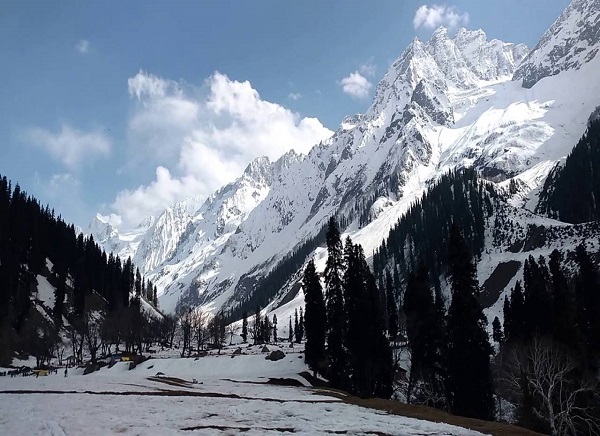St. Andrews Church in Arthinkal is about 25 kilometers (16 miles) north of Alappuzha town (near Cherthala), set up by the Portuguese missionaries in 1581. The church is one of the oldest in Kerala, but for this great church there is nothing remarkable about the village of Arthinkal. The deity here is that of St. Sebastian, and the church comes under the Latin order. According to legend, in Arthinkal many Christians lived in their traditional way, and were not baptized as there weren't any church or priest.
Later, in 1579 they got permission from the Moothedathu landlords to build a church, and a thatched hut was built with only a cross inside. When the Portuguese missionaries arrived here in 1581, they baptized these Christians into the Latin rite and installed the idol of Santha Anthrose (St. Andrews).
St. Sebastian was a Roman military officer at the time when Christianity was making its presence felt in the Roman Empire. Despite the strict warning to people that no sort of contacts should be made with the Christians, Sebastian the officer of the military joined the Christian sect inviting the wrath of the rulers. When the emperor came to know about it Sebastian was summoned and his execution was ordered. Thus Sebastian attained the status of a martyr, and was declared a saint.
St. Andrew's Forane Church is the official name of Arthinkal church. The Portuguese first rebuilt it in 1581 using wood and stone in the place where the thatched shed was situated. It was again in 1584, the church was revamped to accommodate more devotees. The then vicar, Fr. Jacoma Fenicio is believed to have had miraculous powers to heal people from all walks of life that visited the church. Fr. Fenicio's tomb is still preserved in the old church that stands nearby. Then again in the year 1640, Arthinkal church was refurbished, this time to face west, and in 1647 the present idol of St. Sebastian was brought to this church from Milan, Italy. It was in 1910 that the foundation stone for the present church was laid.
The present church attracts number of pilgrims, mostly devotees on their way to Sabarimala. There is a custom in Alleppey and the surrounding areas to visit the church during the feast of St. Sebastian in the month of January, by walking along the seashore. And on their way, the pilgrims are offered food and water by the locals living nearby. The feast is a 11-day celebration, with the eighth and eleventh days being more important. People from across Kerala and the country come to Alleppey to join in the revelry. The antiquity of the church is too compelling, besides being steeped in legend and folklore.



 +91-7303039611
+91-7303039611